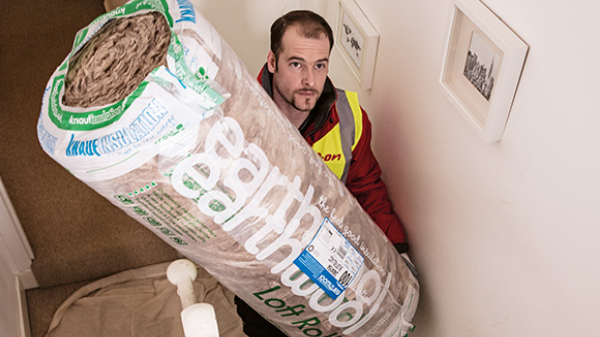
How can insulation help me?..
🎄
Insulation can offer lots of benefits such as:- Protection from heat loss
- Reducing your energy bills
- Helping towards a more sustainable future
- Minimise condensation
- Prevent mould and damp
How can insulation help me save Energy?..
Insulation is designed specifically to cut down on heat loss and heat gain helping us to become less reliant on other heating systems that require a large amount of power.Heat is circulated around your home via Conduction, Convection and Radiation.
- Conduction - Moves heat around your home
- Convection - Heat transferred by the movement of air circulating
- Radiation - From the sun being absorbed via ceilings, walls or roofs in your home
Where can I add insulation?...
WallsRoof
Ceilings
Floors
Did you know?.. 👀
An improvement with insulation can help you retain up to 80% of the heat in your home that would other wise be lost with the right insulation?It helps keep your home cooler in the summer months and warmer during those winter months.
We also have Saving Energy with The Great British Insulation Scheme Are you a homeowner or private renter looking to save money by becoming more energy efficient? The Great British Insulation Scheme (GBIS) will do just that, with an average yearly energy cost saving of £2652 for cavity wall insulation (CWI) or £2503 for loft insulation. Both savings are based on a semi-detached house. Find out what the scheme involves, who launched it and why, and how improved insulation can support the potential for Air Source Heat Pumps
There are lots of safe and eco-friendly ways to insulate your home Choosing loft insulation for your home
It would be great to hear from anyone who's saved any energy through insulating their home and share your journey with us or anyone that has contacted us for The Great British Insulation Scheme.
Last edited by DebF_EONNext; 05-12-24 at 12:16.
'The greatness of a community is most accurately measured by the compassionate actions of its members’
Did you know that we're open 24/7? There are lots of ways to contact us over here!📣








